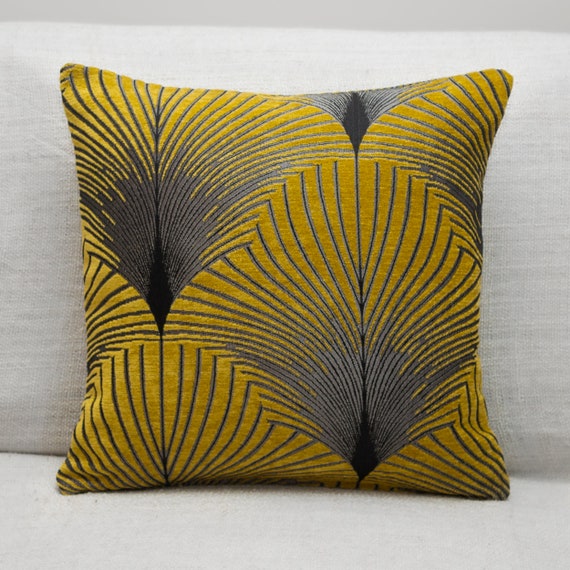The Buzz on Unique Art
Table of ContentsExamine This Report on Unique ArtAbout Unique ArtSome Known Details About Unique Art 4 Easy Facts About Unique Art ExplainedThe Single Strategy To Use For Unique Art
While one could question which art kind holds precedence, the fact continues to be that each of these seven forms provides a distinct home window into human history, society, and evolution. Unique Art. They are the tapestries that chronicle our trip, advising us of our past while motivating visions for the future
3 Emil DervishIn this entryway by Emil Dervish that stunning cobalt blue door steals the program. To bring a lot more dramatization, he prolonged the paint. to the doorframe and the wall up, finishing in a curved form (Unique Art). The curves, along with a round sconce, soften the sides. Frameworks classic posters and maps of beloved places established the scene.
Not known Details About Unique Art
8 TRIA GIOVANEqual parts grand and laidback, this entrance hall made by Anthony Baratta is the ideal plan to adhere to if you're decorating an official entryway that still feels unfussy and comfortable. Formed textiles take spotlight (see the carpets and the couch), yet they also aid bring the high ceilings to a human scale when hung over wallpaper.
18 Heidi Caillier DesignA gallery wall surface doesn't need to take up the entire area. In some cases a little one can make a bigger style declaration. In this living space, Hiedi Caillier decided for micro-mini frameworks and an arbitrary composition.
, the expression of concepts and feelings, with the production of specific aesthetic qualities, in a two-dimensional visual language. The elements of this languageits shapes, lines, colours, tones, and texturesare utilized in different means to generate sensations of quantity, area, activity, and light on a level surface area. These aspects are integrated into meaningful patterns in order to represent actual or mythological phenomena, to interpret a narrative style, or to produce completely abstract visual relationships.
Later the notion of the "great artist" established in Asia and Renaissance Europe. Noticeable painters were managed the social standing of scholars and courtiers; they authorized their job, chose its design and often its subject and images, and established an extra personalif not always amicablerelationship with their customers. Throughout the 19th century painters in Western societies began to shed their social position and safe patronage.
The Only Guide to Unique Art
Others made an income via touring events of their work. The demand to appeal to an industry had actually changed the comparable (if more tips here less impersonal) needs of patronage, and its impact on the art itself was most likely comparable. Typically, artists in the 20th century can get to an audience just via industrial galleries and public museums, although their job may have been occasionally reproduced in art regulars.

Don't copy the design of other musicians if you're searching for your design. Copying various other individuals's artwork can be fantastic in instructional objectives however it will not make you closer to finding your own distinct design. Your imaginative design needs to be, what you like and what inspires you.
Rumored Buzz on Unique Art
I would certainly consider your very own style as a style you paint in naturally, when you allow go of all thoughts and guidelines and simply concentrate on painting, not assuming about it. The design needs to come naturally to you when you are loosened up and you can't require it or it will not be your very own design, simply someone else's.
You require websites to attempt great deals of various alternatives and explore every little thing prior to you can concentrate on one particular style or you'll be bored, or worse, you'll hate your own style. I suggest you to attempt every solitary topic that you're interested in, check out as much as you can. Attempt different mediums that thrill you and new methods you have actually never ever tried prior to.
With time you'll have the ability to sort all of them into your favorite and least preferred categories. Try to focus your interest on the subjects and tools that you like and before you see it coming you'll have your very own personal and one-of-a-kind design, like no one else have! In the end you'll have a couple of favored subjects to paint and perhaps a couple of favored tools.
Everything about Unique Art
The style has to develop itself in time with a great deal of practice and experiments. Thank you for reviewing this post and if you have any kind of concerns leave them in the remarks below, I would certainly more than happy to answer these.